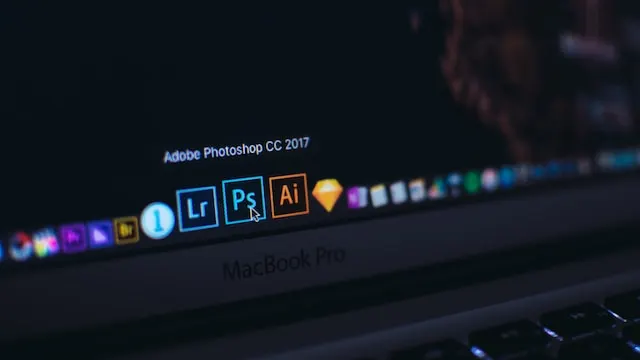Why is your brand color palette so important?
Whether you've decided to start a new side hustle, or are launching a game-changing startup, understanding color theory and its effects on consumer behavior will help you communicate your brand values.
It helps people understand who you are and why you’re here – which, in turn, attracts the right customers to your brand.
In this article, I'm going to help steer you to choose the right colors for your brand.
Start with some inspiration
Start by creating a mood board of any colors and images you feel align closely with your brand identity.
You can find inspiration anywhere. Follow artists on Instagram, dribbble and behance or use Pinterest to create dedicated boards by color.
While researching for this post I also found a tool to showcase color palettes from different brands.
Consider color psychology
Color psychology is the study of how colors affect perceptions and behaviors. It allows us to understand color and use it to our advantage, especially when it comes to branding.
A lot of research has gone into color theory. You can definitely get lost down the rabbit hole finding the story behind each color. Below is a quick summary to give you an idea. If you want to learn more I would recommend books like The Colour Code: Why we see red, feel blue and go green.
Red
Danger, excitement, love, passion and energy.
Pink
Sentimental and romantic.
Orange
Fresh, creative, fun and adventurous.
Yellow
Optimistic, playful and happy.
Green
Natural. It is most often used to depict the environment sustainability.
Red
Trustworthy, reliable and calming.
Purple
Royalty and opulence. It can be connected to spiritualism and mystery.
Brown
Honest, organic and wholesome.
White
Pure. It conveys simplicity and innocence, often with a minimalistic feel.
Black
Sophisticated and elegant.
Muticolored
United or open to anything. It’s great for capturing the spirit of diversity.
Different hues and shades of colors also contribute to the color story. Brighter shades can be seen as much more youthful, modern and bold.
You don't always have to be like the competition!
An interesting detail in the book How to Turn Down a Billion Dollars: The Snapchat Story is that the logo for Snapchat was chosen by looking at the top 100 apps in the app store and discovering none were yellow.
While its great to try and emulate some of the brand leaders, its even better to forge your own path.
This is especially good if you are, or are looking to, become a challenger brand.
Palette Generators
Once you have your main colors chosen I would recommend using online tools to build up your palette quickly and easily. Adobe color wheel is a great way to understand and choose complementary colors. Once you've generated a color palette it can even be saved into Creative Cloud.
Coolors is another top pick. It is a super fast palette generator. There are also many color schemes created by many of its 3 million users to browse and get inspired by. This site has been expanded to allow plugins to a lot of applications too making it easier to get started using your new palette.
It is very easy to get lost when looking at color palettes. When defining a palette a good rule of thumb is to stick with 1 or 2 primary colors and around 3 secondary colors.
So there you have it, a fairly concise guide to choosing the right colors for your brand (I will be creating more content for game design palettes in the future). I hope it helped and I look forward to seeing your brands shining out there in the world!







